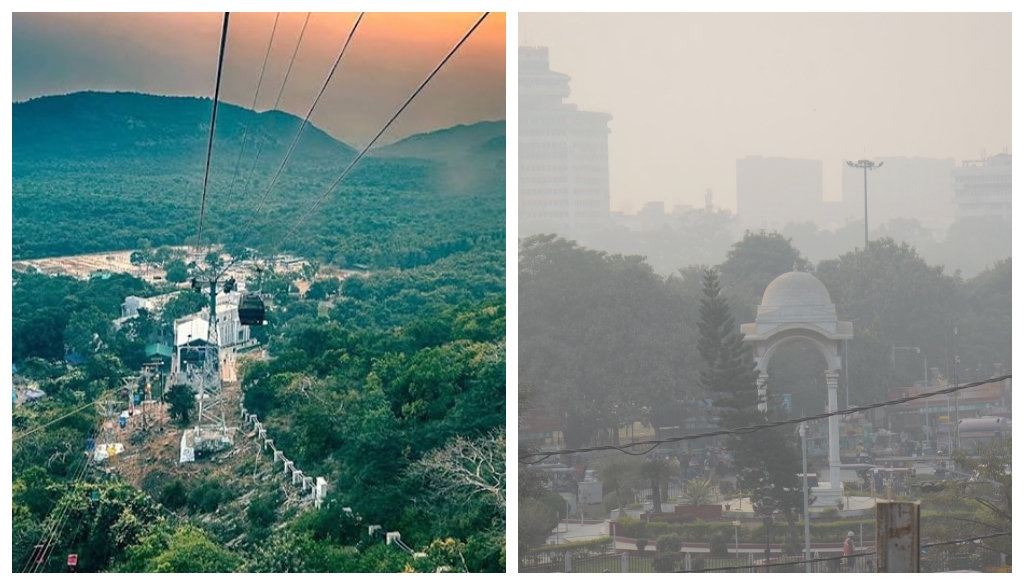
Patna: Once celebrated for its spiritual calm and scenic hills, Rajgir found itself grappling with a far grimmer distinction this week: the second worst air quality in the country. The historic town in Bihar recorded an Air Quality Index (AQI) of 264 in the past 24 hours, placing it in the ‘poor’ category, according to the Central Pollution Control Board (CPCB). Only Gurugram in the National Capital Region fared worse, registering an AQI of 314, considered ‘very poor.’
Elsewhere in Bihar, however, a spell of rainfall and thunderstorms brought a temporary reprieve, washing pollutants from the air and improving AQI levels across several districts. Patna, the capital, recorded a ‘moderate’ AQI of 105, while Ara and Aurangabad hovered at 168 and 153 respectively. Bhagalpur, Samastipur, Chhapra, Motihari and Gaya all enjoyed ‘satisfactory’ air quality, with readings ranging between 56 and 90. Munger stood out with an AQI of just 39, placing it in the ‘good’ category.
The CPCB’s AQI scale ranges from 0 to 500, with anything above 200 classified as ‘poor’ or worse. Prolonged exposure to air in the ‘very poor’ or ‘severe’ categories can lead to respiratory distress and pose health risks even for otherwise healthy individuals.
The index is derived from the concentration of eight major pollutants: PM2.5, PM10, nitrogen oxides, sulphur dioxide, ozone, carbon monoxide, ammonia, and lead. In Bihar’s urban centres like Patna, PM2.5—tiny particles less than 2.5 microns wide—remains the predominant pollutant. These microscopic particles penetrate deep into the lungs and bloodstream, linked to a range of serious health conditions including asthma, heart disease, and impaired cognitive development in children.





